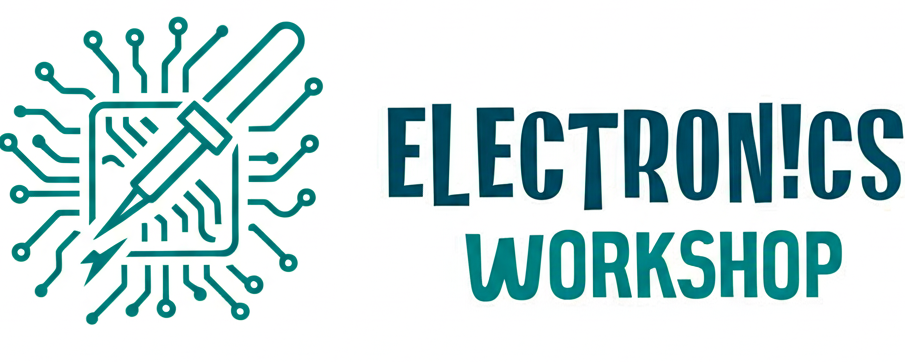Lithium batteries are widely used in various devices and systems due to their high energy density, long lifespan, and relatively low self-discharge rate. Proper charging is crucial to maximize their performance and longevity. Here is a comprehensive guide on how to charge lithium batteries, covering the steps, methods, and best practices.

Understanding Lithium Batteries and Their Charge Cycles
Lithium batteries, including Lithium-ion (Li-ion) and Lithium Iron Phosphate (LiFePO4), follow a specific charging process that involves multiple stages to ensure optimal performance and safety. The typical charge cycle includes:
1.Constant Current (CC) Charging: This is the initial phase where a constant current is applied to the battery. The voltage gradually increases as the battery charges. This phase continues until the battery reaches approximately 80% of its capacity.
2.Constant Voltage (CV) Charging: Once the battery reaches the 80% mark, the charger switches to constant voltage mode. During this phase, the voltage is held constant while the current gradually decreases as the battery approaches full charge. This ensures that the battery does not overcharge, which could reduce its lifespan.
3.Trickle Charging: After the battery is fully charged, some chargers may switch to a trickle charge mode to maintain the battery’s charge. However, for LiFePO4 batteries, maintaining a full charge is not critical, and these batteries can handle partial discharges well.
Steps to Charge a Lithium Battery
Preparation
1.Clean the Battery Terminals: Before connecting the charger, ensure that the battery terminals are clean and free of any dirt or corrosion. This ensures a good connection and efficient charging.
2.Select the Right Charger: Use a charger specifically designed for lithium batteries. Different types of lithium batteries (e.g., Li-ion, LiFePO4) may require different charging parameters, so it’s important to use a compatible charger.
Connecting the Charger
1.Connect the Cables: Connect the positive (red) cable from the charger to the positive terminal of the battery, and the negative (black) cable to the negative terminal. Ensure the connections are secure.
2.Plug in the Charger: Plug the charger into a power source and turn it on. If you are using a smart charger, it will automatically detect the battery and start the charging process.
Monitoring the Charging Process
1.Constant Current Phase: During the CC phase, the charger will supply a constant current to the battery. The voltage will gradually increase as the battery charges. Most chargers will display the charging status, including the current and voltage levels.
2.Constant Voltage Phase: Once the battery reaches the end-of-charge voltage, the charger will switch to CV mode. In this phase, the voltage is held constant while the current decreases. The charger will continue to monitor the battery’s voltage and current to ensure it does not overcharge.
3.Completion: The charger will automatically stop charging when the battery is fully charged. Some chargers may switch to a maintenance mode to keep the battery topped up, but it’s generally best to disconnect the charger once the battery is fully charged.
Disconnecting the Charger
1.Unplug the Charger: Once the charging process is complete, unplug the charger from the power source.
2.Remove the Cables: Carefully remove the negative (black) cable first, followed by the positive (red) cable. This ensures that there is no accidental short circuit.
Common Lithium Battery Charging Methods
AC Power (Household Electricity)
This is the most common method for charging lithium batteries. Simply plug the device into a standard wall outlet using the appropriate cable or adapter. When traveling, ensure that the adapter is compatible with the local voltage and current standards to avoid damaging the device.
DC Power (Car Adapter)
DC power, often supplied by a car or RV adapter, is another common method. Connect the device to the vehicle’s 12V DC outlet using the appropriate cable. Note that charging the battery when the vehicle is not running can drain the car’s battery, so it’s best to charge while the engine is running.
USB-C
Many modern devices support USB-C charging, which offers faster charging times compared to older USB standards. Connect the device to a USB-C power source, such as a computer, external battery pack, or wall adapter, using a compatible USB-C cable.
Solar Panels
Solar panels are an eco-friendly option for charging lithium batteries, especially in off-grid applications. Connect the battery to the solar panel system following the manufacturer’s instructions. Ensure that the panels are positioned to receive maximum sunlight to optimize charging efficiency.
Best Practices for Charging Lithium Batteries
1.Avoid Deep Discharging: Do not completely deplete the battery before recharging. Lithium batteries have a limited number of charge cycles, and deep discharges can reduce their lifespan. Aim to recharge when the battery reaches around 20-30% capacity.
2.Charge at Ideal Temperatures: The optimal charging temperature for lithium batteries is typically between 0°C to 45°C (32°F to 113°F). Avoid charging in extremely cold or hot environments to prevent damage.
3.Keep Terminals Clean: Regularly check and clean the battery terminals to ensure a good connection and efficient charging. Corrosion or dirt can hinder performance and increase charging time.
4.Storage: If you plan to store your lithium battery for an extended period, leave it at around 50% charge. This helps maintain battery health over time.
5.Use a Battery Management System (BMS): A BMS is crucial for monitoring and managing the charging process. It ensures that the battery is charged safely and efficiently, preventing overvoltage, undervoltage, and overheating.
Conclusion
Properly charging lithium batteries is essential for maximizing their performance and lifespan. By following the steps outlined above and adhering to best practices, you can ensure that your lithium batteries remain healthy and efficient. Whether you are using household electricity, a car adapter, USB-C, or solar panels, always use a compatible charger and monitor the charging process to avoid overcharging and other potential issues.





